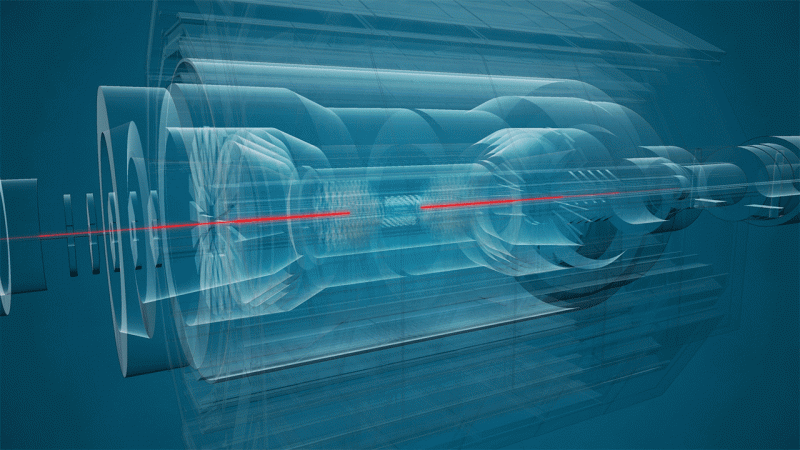Data harvest in the LHC

The intensity rises in the Large Hadron Collider. More and more protons are circulating pushing up the collision rate in the experiments to record highs.
Beams are made of "trains" of bunches, each containing around 100 billion protons. These bunch trains are circulating at almost the speed of light in opposite directions and cross one another at the centre of the experiments. The intensity of the beams, in other words the number of proton bunches, was gradually increased to achieve 2040 proton bunches per beam yesterday.
As a result, the experiments are raking in the data. The integrated luminosity has exceeded the milestone of one inverse femtobarn earlier this week – already a quarter of the integrated luminosity recorded throughout 2015. Luminosity is the main indicator of performance of an accelerator, corresponding to the number of potential collisions per second and unit area. The integrated luminosity equal the cumulative brightness over time.
This performance is even more remarkable given that the chain of accelerators that feed the LHC faced a technical issue last week. A fault in a main power supply of the Proton Synchrotron (PS) accelerator stopped the accelerator chain for several days. PS, commissioned in 1959, is the third link in the chain of four accelerators that propel the protons before they are injected into the LHC. Power was back to the PS last Thursday.
Just before this unforeseen stop, LHC operators kept the beams circulating in collision mode for 35.5 hours – a record. The life span of beams and their luminosity reach outstanding values, demonstrating how well the LHC is functioning and the experience gained by operators after more than a year of operating at an energy of 13 TeV.
The LHC will continue to maintain the luminosity at a high level. But time to time, the accelerators and their infrastructure need to take a short break. Technical stops are planned during the year for maintenance and equipment repairs. Next week, for example, a technical stop of two and a half days is planned.
Provided by CERN




















